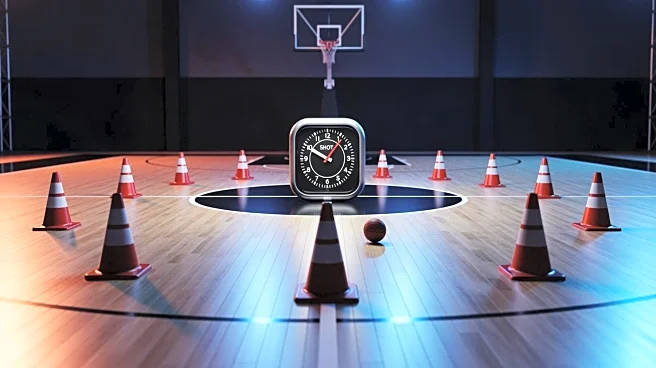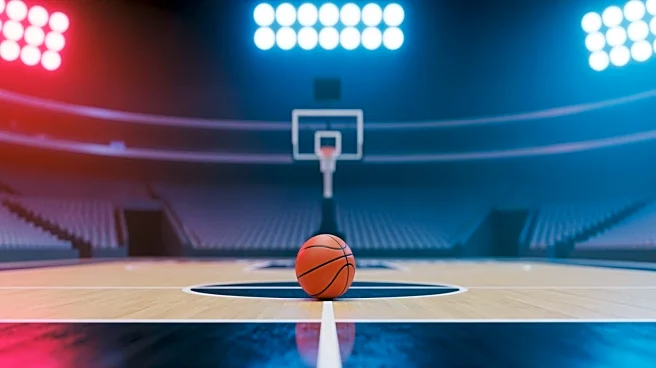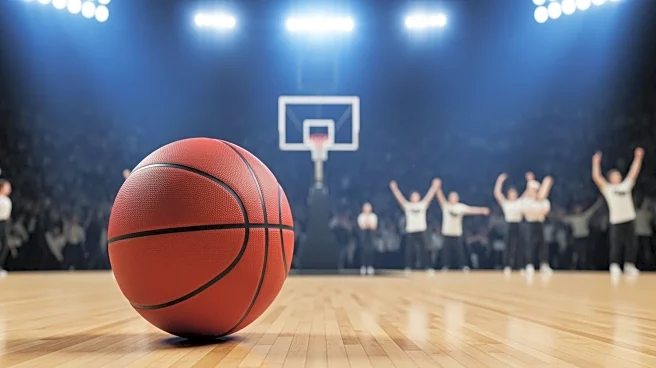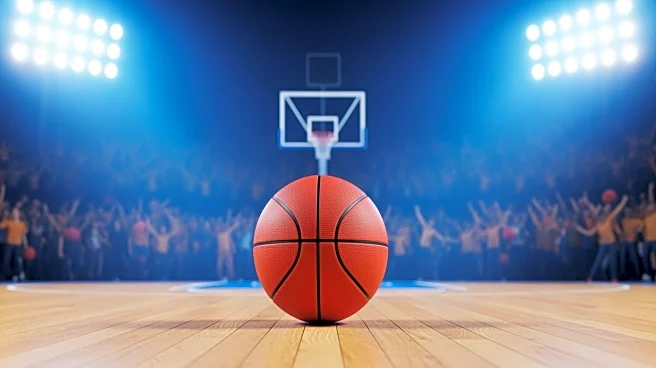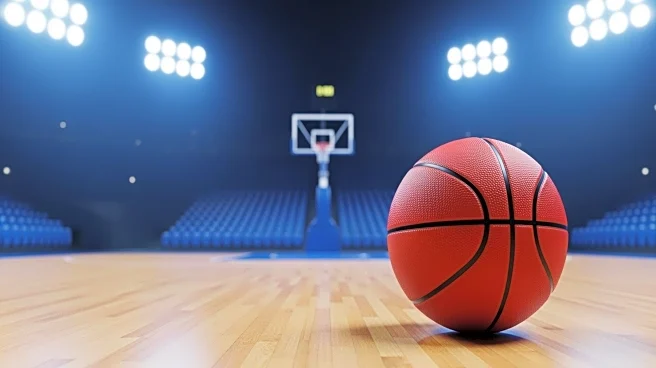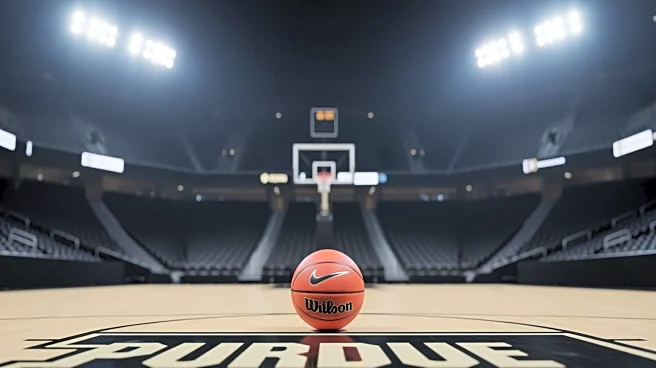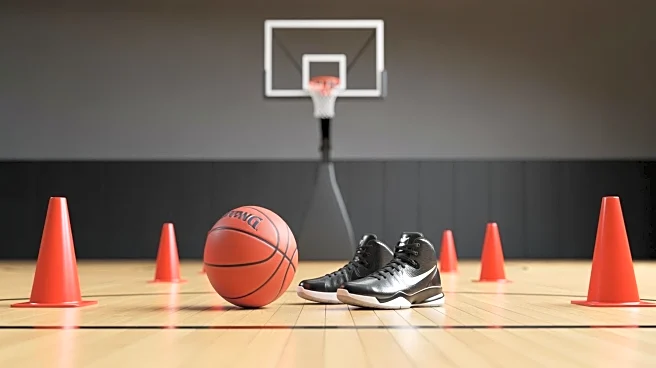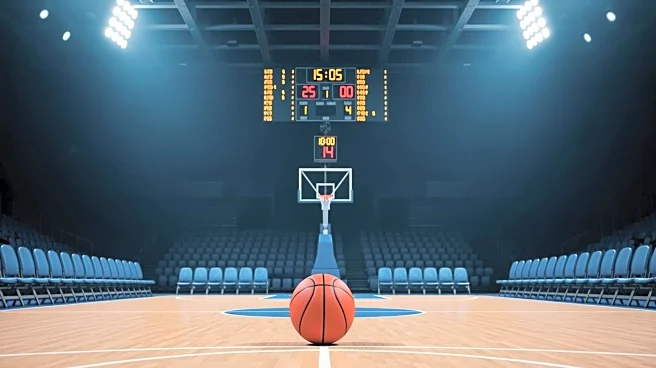What's Happening?
The upcoming college basketball season is set to introduce several rule changes aimed at improving the pace and strategic elements of the game. These changes include the implementation of coaches' challenges,
refined continuous motion rules, and clearer foul guidelines. Additionally, officials will now have the authority to call only one shot clock off in case of a malfunction, eliminating double stoppages. These adjustments are designed to make the game smarter, sharper, and smoother, providing teams with more control during critical moments. The changes are part of a broader effort to enhance the overall experience for players and fans alike.
Why It's Important?
The rule changes in college basketball are significant as they aim to address long-standing issues related to game flow and officiating consistency. By speeding up the game and providing clearer guidelines, these changes could lead to more dynamic and engaging matches, potentially increasing viewership and fan engagement. Teams may benefit from having more strategic control, which could influence coaching decisions and player development. The adjustments also reflect a growing trend in sports to leverage technology and refined rules to improve the quality of the game, which could have long-term implications for how basketball is played and perceived.
What's Next?
As the season progresses, teams and coaches will need to adapt to the new rules, which may require changes in strategy and training. The impact of these changes will likely be monitored closely by the NCAA and other stakeholders to assess their effectiveness and any unintended consequences. Feedback from players, coaches, and fans will be crucial in determining whether further adjustments are needed. Additionally, the success of these changes could influence other sports to consider similar updates to enhance their own game dynamics.
Beyond the Headlines
The introduction of new rules in college basketball may also have ethical and cultural implications. As the game becomes faster and more strategic, there may be increased pressure on players and coaches to perform at higher levels, potentially affecting their mental and physical well-being. The changes could also influence the recruitment and development of players, as teams seek individuals who can thrive under the new conditions. Furthermore, the emphasis on technology and precision in officiating may raise questions about the role of human judgment in sports.
